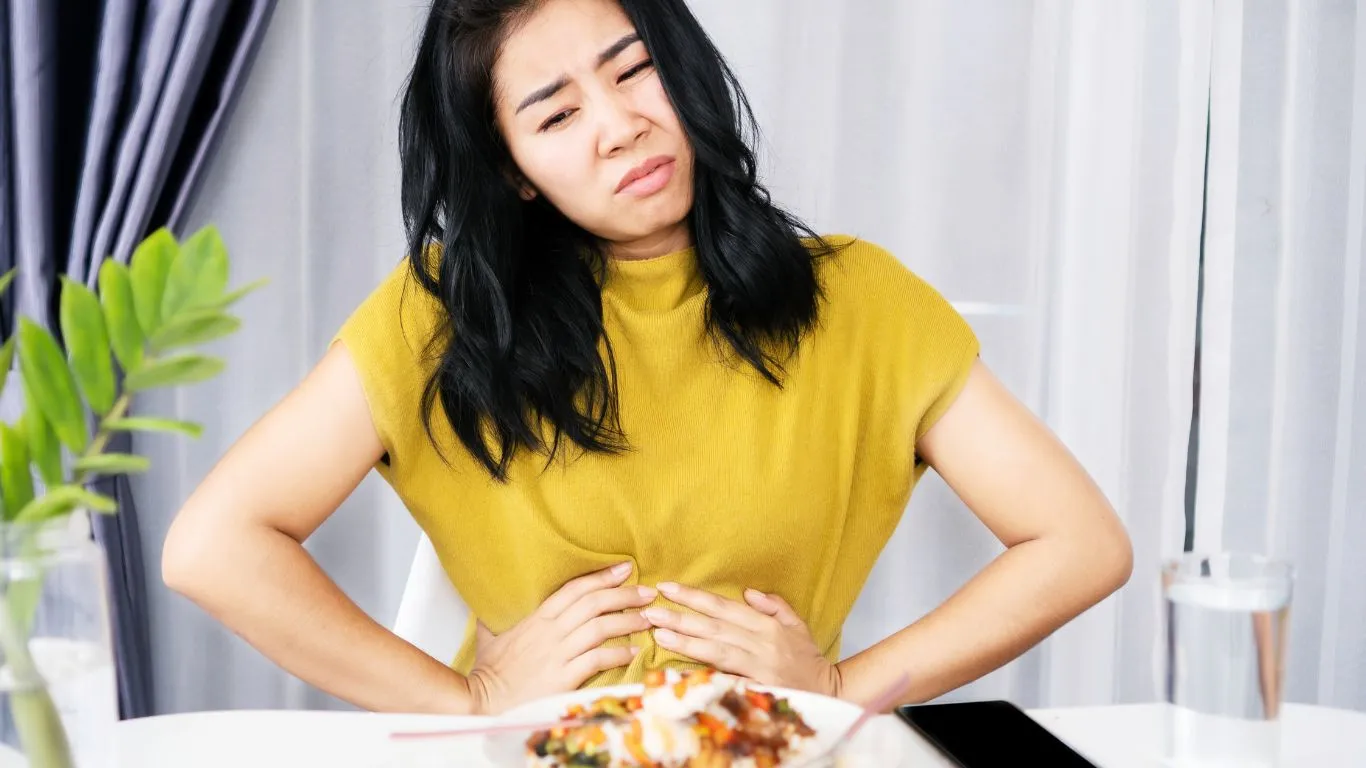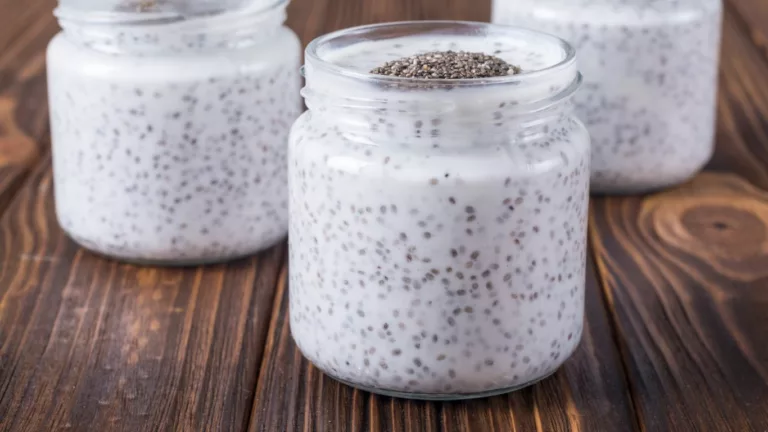How to Create GERD-Safe Meals: 5 Delicious and Easy Tips to Reduce Heartburn
If you’re someone who’s battling GERD (gastroesophageal reflux disease), you already know how tough it can be to enjoy food without wondering if it’s going to trigger those awful acid reflux symptoms. But don’t worry, you don’t have to live a life of bland, unappetizing meals. The good news is, it’s totally possible to create GERD-safe meals that taste great and help keep your symptoms under control. So, let’s dive into how to create GERD-safe meals that are both delicious and gentle on your digestive system.
Before we get into the nitty-gritty of meal ideas, let’s take a quick refresher on what GERD actually is. GERD is a chronic condition where stomach acid frequently backs up into the esophagus (that tube that connects your mouth and stomach). This leads to uncomfortable symptoms like heartburn, chest pain, regurgitation, and trouble swallowing. Trust me, it’s no fun.
So why is meal planning such a big deal? Well, the foods we eat have a huge impact on how our digestive system functions, and certain foods can either trigger reflux or soothe it. The key is knowing what to eat and what to avoid, and with a little bit of practice, you can create meals that support your digestive health.
How to Create GERD-Safe Meals That Actually Taste Good

Okay, now we’re getting to the fun part – creating meals that won’t leave you reaching for the antacids. When you’re thinking about how to create GERD-safe meals, it’s all about making the right food choices and avoiding common triggers. Here are some strategies I’ve found helpful for my clients:
1. Choose Lean Proteins Over Fatty Cuts of Meat
So here’s the deal: fatty foods relax the lower esophageal sphincter (LES), which is the muscle that keeps stomach acid where it belongs. When that muscle relaxes, it lets acid creep up into your esophagus – and that’s when the heartburn hits.
Lean proteins like chicken, turkey, fish, and even plant-based options like lentils and beans are much easier on your system. I personally love making grilled chicken or turkey burgers – simple, tasty, and GERD-friendly.
2. Don’t Forget Whole Grains – They’re Your Friend
Whole grains like quinoa, oats, brown rice, and barley are full of fiber, which helps keep your digestive system in check. They’re also gentle on the stomach and can help reduce the chances of a reflux flare-up. Plus, they’re super versatile. You can toss them in a salad, make a hearty bowl, or even enjoy them as a side dish with your main meal.
They are my personal go-to for meals when I need something satisfying and easy to digest. It’s also great knowing that I’m getting a healthy dose of fiber!
3. Go for Alkaline Foods to Balance Your Stomach’s pH
One thing that really helps me and my clients is focusing on alkaline foods. These foods help neutralize the acid in your stomach and make your digestive system feel calmer. Some great choices are leafy greens (think spinach, kale, and swiss chard), bananas, melons, cucumbers, and sweet potatoes. I’ve personally noticed a huge difference when I add more of these into my meals, and my clients have said the same.
4. Watch Your Cooking Methods: Keep It Simple
I’m all about keeping things easy in the kitchen. The less complicated, the better – especially when it comes to GERD. Stick to methods like grilling, baking, steaming, or sautéing with a small amount of olive oil. These methods preserve the nutrients in your food while keeping it light and easy to digest.
Avoid deep-frying or cooking with too much butter or oil, as these can trigger GERD symptoms. Trust me, I’ve made the mistake of overloading meals with oil before, and it never ends well.
5. Smaller, More Frequent Meals Are Key
If you’ve ever had that post-meal “stuffed” feeling that leads to reflux, you’re not alone. Overeating is one of the main culprits when it comes to triggering GERD. When your stomach gets too full, it puts pressure on the LES, and that’s when the acid can sneak up.
Try eating smaller meals throughout the day instead of a few big ones. This helps prevent that uncomfortable fullness and keeps your digestion moving. I recommend sticking to about 5 or 6 smaller meals per day. It’s a game-changer.
Troubleshooting Common GERD Meal Planning Problems

So, you’re trying to create GERD-safe meals, but things aren’t always going as planned. Don’t worry – it happens. Here’s a look at some common roadblocks people face and how to troubleshoot them.
Issue #1: Feeling Hungry After Meals?
I hear this one all the time. You eat a small meal, and then an hour later, you’re hungry again. If you’re feeling unsatisfied after meals, try incorporating more fiber-rich foods like vegetables, whole grains, and legumes. They’ll fill you up without triggering reflux. You can also add a healthy fat source like avocado or olive oil to your meals for extra staying power.
Issue #2: You Feel Like You’re Eating the Same Thing Every Day
If you’ve been feeling stuck with the same boring meals, trust me – I’ve been there too. It’s easy to get into a routine, but variety is key to keeping things interesting. Try experimenting with different types of veggies, proteins, and whole grains. For example, swap out brown rice for quinoa or use zucchini noodles instead of pasta. Mix up your herbs and spices – just make sure you avoid anything too spicy or acidic.
Issue #3: Eating Out Feels Like a Minefield
It can feel nearly impossible to eat out with GERD. But here’s the trick: don’t be afraid to ask for modifications! Many restaurants are happy to accommodate dietary restrictions. For example, ask for grilled instead of fried foods, and request that your food be cooked without added butter or oil. If you’re ordering a salad, go for a dressing on the side and pick a non-acidic option like olive oil and vinegar.
Case Studies: How Real People Are Finding Relief

Let me share a couple of success stories from my clients who’ve really turned things around by making these changes to their meal plans.
Sarah’s Journey to GERD Relief
Sarah, a 35-year-old professional, came to me with complaints of constant heartburn and regurgitation. After a detailed consultation, we swapped out her usual spicy meals and acidic snacks for lean proteins, whole grains, and alkaline veggies. Within a few weeks, Sarah was feeling significantly better. She was no longer reaching for antacids after every meal, and she was able to enjoy meals without worrying about flare-ups.
Tom’s Transformation After Adopting GERD-Safe Meals
Tom, a 50-year-old father of two, was struggling with severe reflux symptoms that made it hard for him to enjoy family meals. After we worked together to revamp his diet, focusing on smaller meals and GERD-friendly ingredients, Tom noticed a dramatic improvement. He could finally sit down with his family at dinner without worrying about his reflux ruining the evening.
Key Takeaways: Creating GERD-Safe Meals Doesn’t Have to Be Hard

Here’s a quick summary of the key takeaways to keep in mind as you work on creating your GERD-safe meals:
- Choose lean proteins and avoid fatty meats that can trigger reflux.
- Focus on whole grains and high-fiber foods that support digestion.
- Incorporate alkaline foods like leafy greens and bananas to neutralize stomach acid.
- Keep your meals simple by using healthy cooking methods like grilling and steaming.
- Eat smaller, more frequent meals to avoid overloading your stomach.
5 FAQs About GERD and Meal Planning
1. Can I eat spicy food with GERD?
Spicy foods are one of the main triggers for GERD, so it’s best to avoid them. But if you miss the flavor, try adding milder spices like ginger or turmeric for a little extra kick without the discomfort.
2. Are tomatoes okay for GERD?
Tomatoes can be acidic, which makes them a common trigger for GERD. If you want to enjoy them, try cooking them to reduce the acidity or eat them in moderation.
3. How can I stop GERD symptoms at night?
To reduce GERD symptoms at night, try to avoid eating at least 2-3 hours before bedtime. Sleeping with your head elevated can also help keep acid from traveling up your esophagus.
4. Is it okay to drink coffee with GERD?
Coffee can be a GERD trigger for many people due to its caffeine content. You might want to limit your intake or switch to a low-acid coffee option.
5. What snacks are safe for GERD?
Safe snacks include things like bananas, oatmeal, almonds, and rice cakes. These options are light, soothing, and easy on your stomach.
Appendix
References
National Institute of Diabetes and Digestive and Kidney Diseases (NIDDK) – GERD
Disclaimer
This article is intended for informational purposes only. Always consult with your healthcare provider before making changes to your diet or treatment plan.
Call to Action
Don’t let GERD control your life! If you’re struggling to create GERD-safe meals, reach out for personalized meal planning advice that works for your lifestyle. Let’s get you feeling better today!

Camellia Wulansari is a dedicated Medical Assistant at a local clinic and a passionate health writer at Healthusias.com. With years of hands-on experience in patient care and a deep interest in preventive medicine, she bridges the gap between clinical knowledge and accessible health information. Camellia specializes in writing about digestive health, chronic conditions like GERD and hypertension, respiratory issues, and autoimmune diseases, aiming to empower readers with practical, easy-to-understand insights. When she’s not assisting patients or writing, you’ll find her enjoying quiet mornings with coffee and a medical journal in hand—or jamming to her favorite metal band, Lamb of God.






